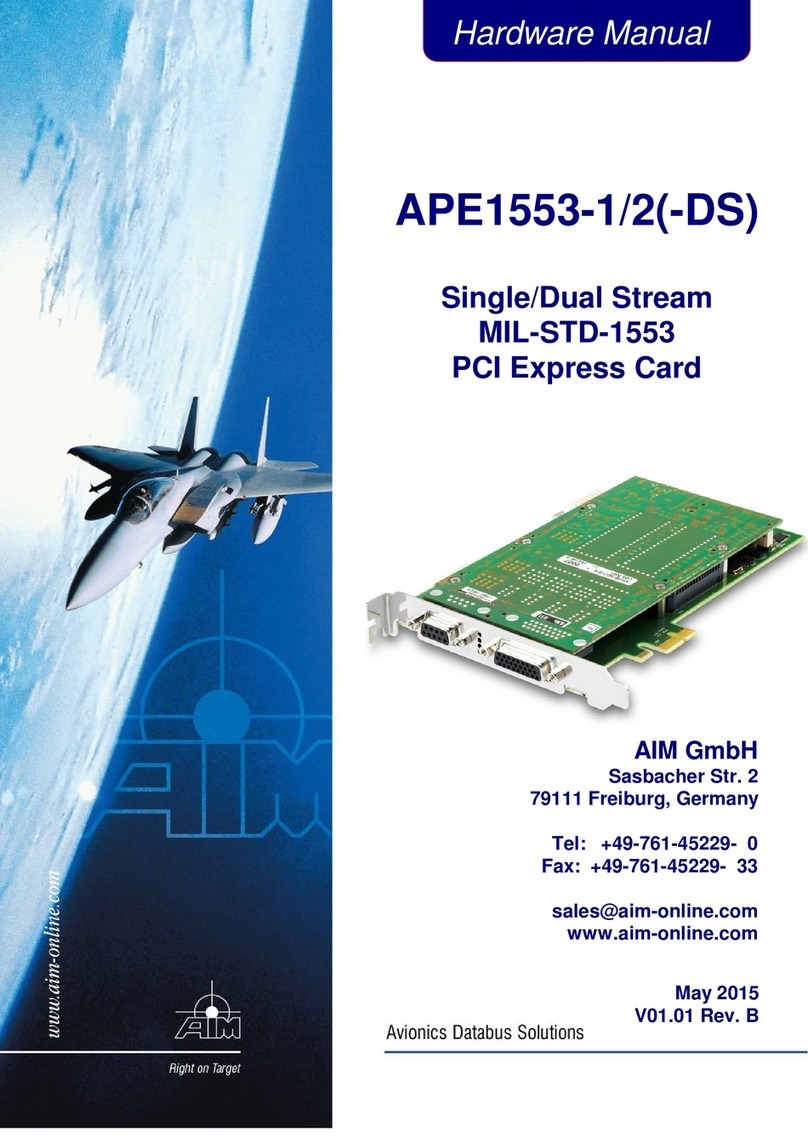
AMCX-PSI-16 Hardware Manual
TABLE OF CONTENTS
Section Title Page
1. INTRODUCTION .....................................................................................................1
1.1. General ...............................................................................................................1
1.2. How This Manual is Organized............................................................................2
1.3. Applicable Documents.........................................................................................2
1.3.1. Industry Documents ........................................................................................2
1.3.2. Product Specific Documents ...........................................................................2
2. INSTALLATION.......................................................................................................3
2.1. Preparation and Precaution for Installation..........................................................3
2.2. Installation Instructions........................................................................................3
2.3. Connecting to other Devices................................................................................4
2.3.1. Front Panel Connector Pin-out........................................................................5
2.3.2. PMC Connector P11/P12................................................................................6
2.4. Onboard LEDs...................................................................................................10
3. STRUCTURE OF THE AMCX-PSI-16 .....................................................................7
3.1. PCI Express Interface and BIU-I/O FPGA............................................................8
3.1.1. Global RAM Interface and Arbitration..............................................................8
3.1.2. Boot Function..................................................................................................8
3.2. Global RAM.........................................................................................................8
3.3. BIU Section .........................................................................................................8
3.4. BIU-Processor (BIP)............................................................................................9
3.5. PANAVIA Encoder...............................................................................................9
3.6. PANAVIA Decoder ..............................................................................................9
3.7. IRIG- and Time Code Section..............................................................................9
3.8. Timecode Encoder/Decoder................................................................................9
3.9. Time Tag Methods.............................................................................................10
3.10. Power Supply ....................................................................................................10
4. TECHNICAL DATA ...............................................................................................12
5. NOTES ..................................................................................................................17
5.1. Acronyms ..........................................................................................................17
6. APPENDIX ............................................................................................................19




























